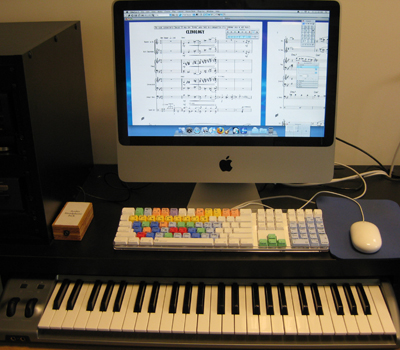

Traditionally, symphonies are written for the following instrumental types: strings (violin, viola, cello, and bass) woodwinds (2 flutes, 2 oboes, 2 clarinets, and 2 bassoons) brass (2 French horn, 2 trumpets with a small orchestra) and percussion (2 tympani, triangle, and cymbal) for a small orchestra. X Research source Think outside the box and have fun with it.Īssign melodies to different instruments.

Often symphonies have had a thematic material that ties all of the movements together since the romantic era which may stay the same or vary as well. Rarer still are some with two movements like Schubert's 8th 'Unfinished' Symphony and Sibelius's 7th Symphony is a single movement symphony. There are some with more than five movements, taking inspiration from Beethoven's 9th the best known of these including the Romeo et Juliette symphony by Berlioz and Mahler's Symphonies. There are five movement symphonies, often adding a March, or maybe another Scherzo or Minuet between the third and last movement. There have been three movement symphonies, usually omitting the minuet. Sometimes composers swap the second and third movements. If you want to create something different than the traditional four-movement symphony, do that.

This can include your inspiration, emotions, form, key and themes.

And the fourth movement is there to give the piece some closure and is often in rondo form. The third movement will generally be a Minuet or Scherzo and Trio. The second movement is usually on the slower side and may be a set of variations. X Research source The first movement tends to be in Sonata form. Symphonies are traditionally composed of four separate movements, which each have different forms.


 0 kommentar(er)
0 kommentar(er)
